Ice, Ice Baby
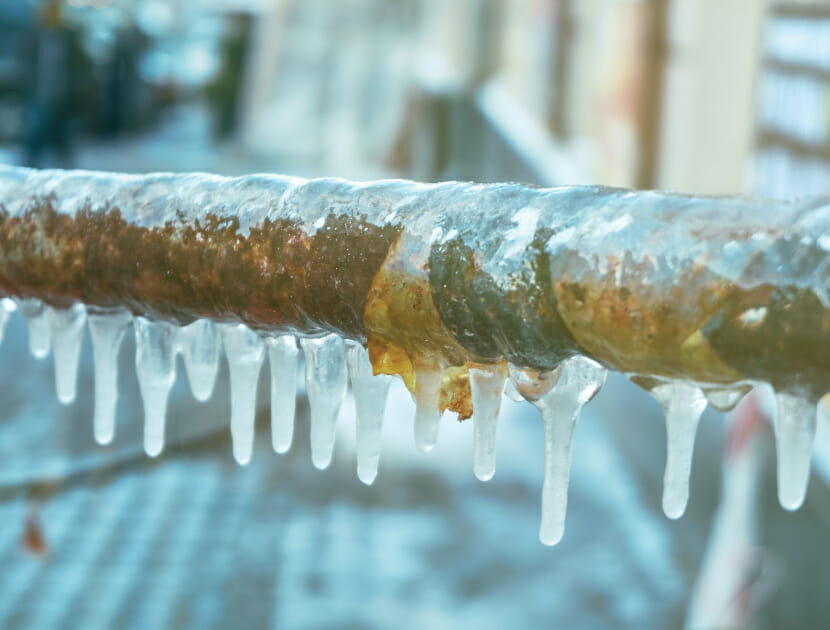
Winter sees a seasonal increase in escapes of water in both domestic and commercial properties due to the freezing of water pipes. The UK Water Regulations state that “All cold water fittings located within the building, but outside the thermal envelope, or those outside the building must be protected against damage by freezing”.
Failures of Plastic Welded Pipes
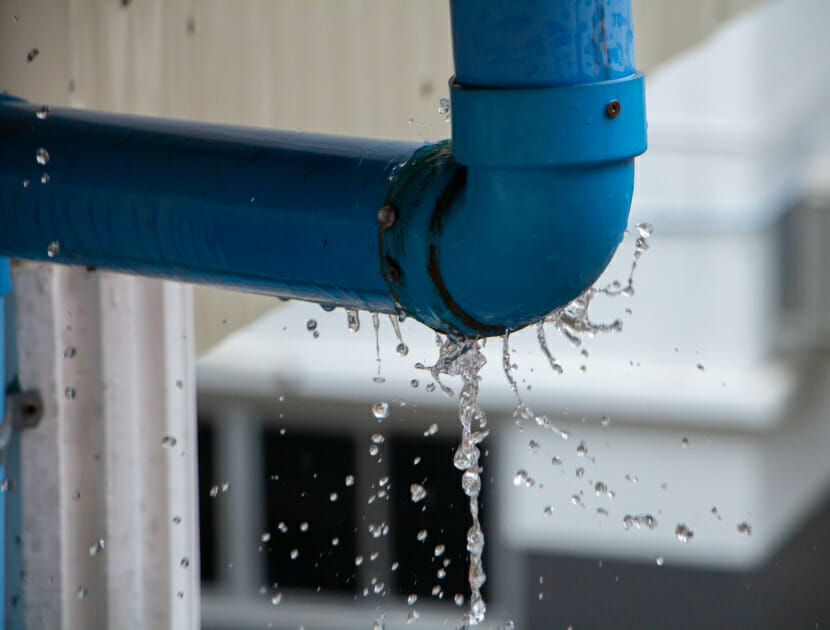
Plastic welding is a technique that many people seem to misunderstand. To the casual observer, it seems to be quite simple; you heat a plastic surface until it softens, push it against another plastic surface, and wait for the bond to cool. Job done? Not quite. There are many different plastic welding techniques, and each has its own intricacies, features and details that must be considered and understood, if the welding is to be done successfully.
Hawkins’ Materials Expert Speaks at Ipswich CII Virtual Conference
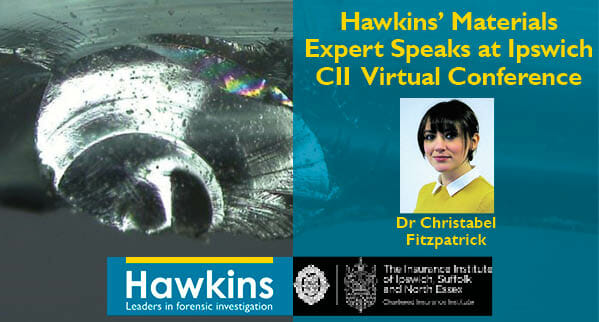
On Wednesday 27th October, Dr Christabel Fitzpatrick of Hawkins’ Cambridge Office was a speaker at a virtual conference held by The Chartered Insurance Institute of Ipswich, Suffolk and North Essex.
BBC’s Expert Witness to Feature Hawkins’ Dr Andrew Moncrieff

Hawkins’ Managing Director, Dr Andrew Moncrieff, an accomplished Forensic Geologist, will be featured on a new series by BBC One. Expert Witness is a dramatic true crime documentary series
Hawkins’ Easter Eggsperiments #3: Egg-splosion

An exploding egg-speriment. Don’t try this at home! Our team includes chemists and forensic engineers who are highly trained and skilled in dealing with flammable items and the necessary safety precautions.
Hanging by a Thread: The Maintenance of Metal Wire Ropes
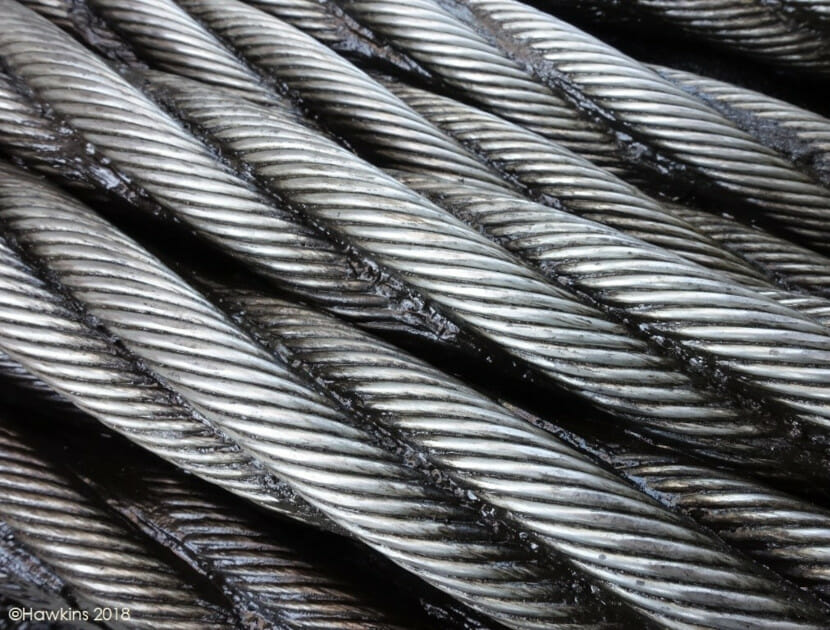
Metal wire ropes are widely used in hoist (lifting), towing or winching systems, such as cranes and lifts.
Looking into Glazing Failures
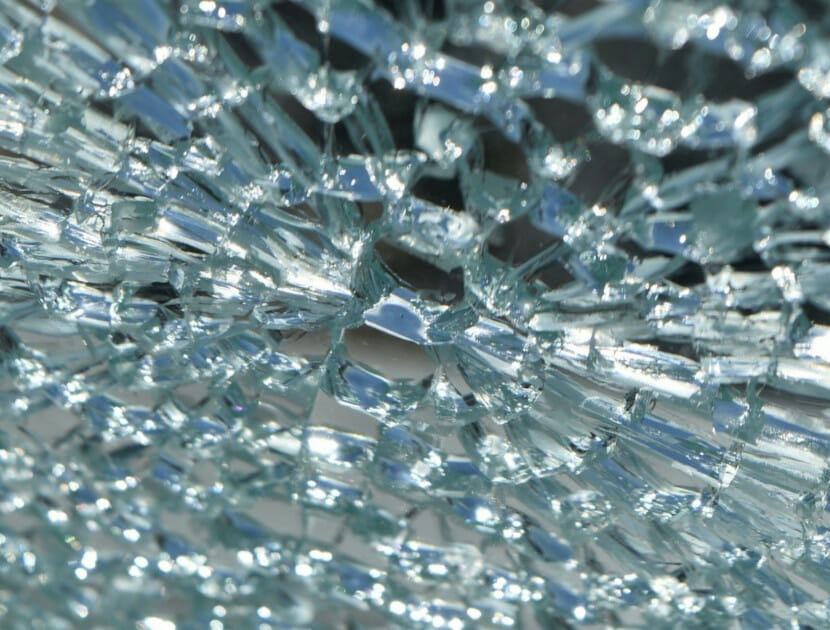
Looking into Glazing Failures: Glass isn’t traditionally seen as structural. Glazing failures can stem from construction, damage, or design flaws.
Chlorinated Polyvinyl Chloride (CPVC) Pipework: The Problems
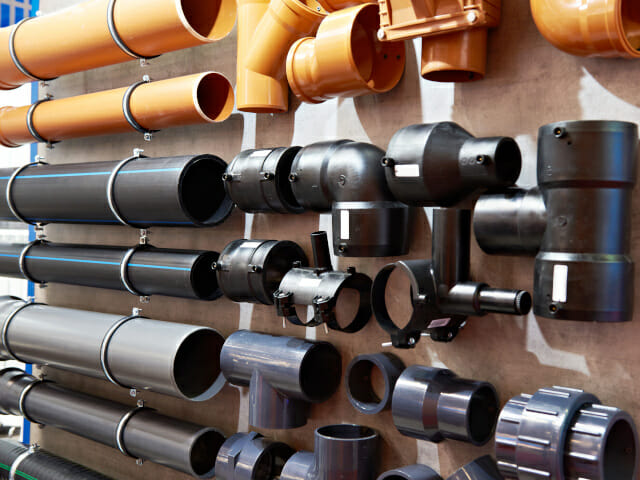
CPVC is a type of thermoplastic that was introduced for potable plumbing in 1959 and is now also extensively used in fire suppression systems.
As Bold As Brass
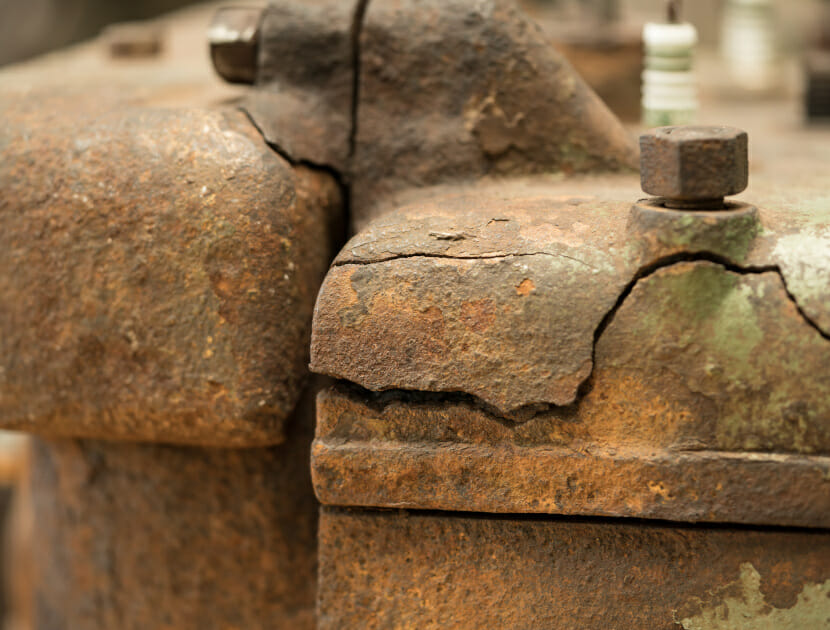
As Bold As Brass: Brasses have been used for many thousands of years and can be used for decorative structures or, more recently, for architectural uses and for plumbing applications.
An Analysis of Failed Biomaterials
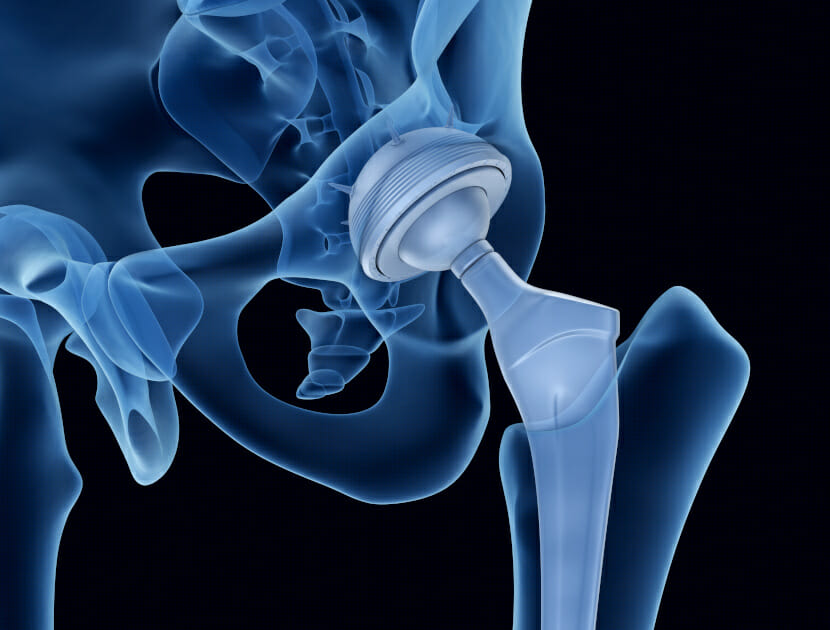
An Analysis of Failed Biomaterials: Biomaterials replace bone or heart valves. Types include polymers, ceramics, stainless steels, and titanium alloys.